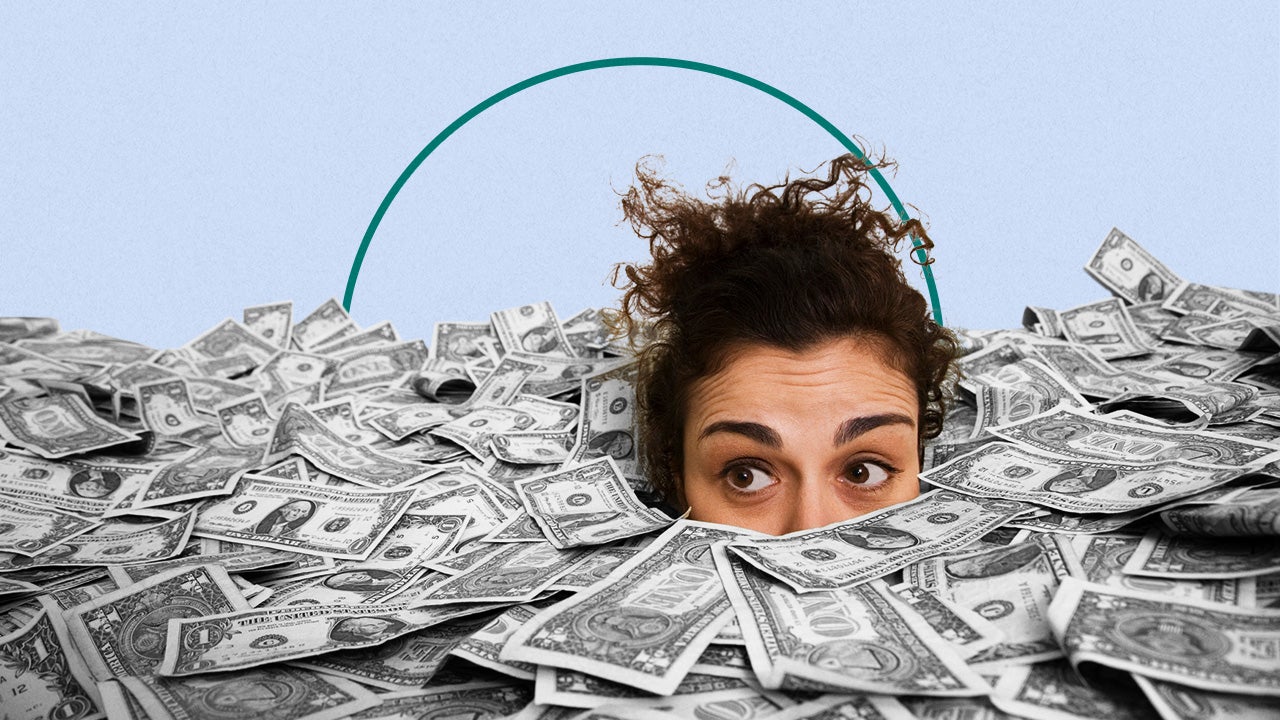What Is a Holdback Rate and Why Does It Matter?

What Is a Holdback Rate?
A “holdback rate” is a percentage of your daily credit card sales that your lender automatically withholds to repay the advance. Think of it as a set aside or a "hold" on a portion of your earnings each day until the total amount owed is paid off.
For example, if your holdback rate is 10%, then 10% of the credit card sales you process each day will go toward repaying the advance.
Why Does the Holdback Rate Matter?
The holdback rate is crucial because it determines:
How quickly you repay the advance: A higher holdback rate means more money is withheld each day, so you'll pay off the advance faster. Conversely, a lower rate means a slower repayment process.
Your daily cash flow: The percentage you set aside affects how much money you have left to cover your business expenses. A high holdback rate might leave you with less cash on hand for daily operations.
Total repayment time: Depending on the holdback rate and your sales volume, the time it takes to completely repay the advance can vary.
How Does It Work?
Assume you have an advance with a 15% holdback rate.
If you process $1,000 in credit card sales in a day, then:
- $150 (15% of $1,000) is deducted to repay the advance.
- You can spend the remaining $850 to cover business expenses.
Each day, this process continues until the total amount owed—plus any fees—is fully paid.
Why Is It Important?
Understanding the holdback rate allows you to plan your cash flow and operate your organization more successfully. If the holdback rate is too high, it can significantly reduce your available funds, making it harder to cover daily expenses. If it’s too low, it might take longer to repay the advance, which could increase the overall cost.
Understanding the Factor Rate in a Merchant Advance Contract
When businesses seek financing through a merchant cash advance, they often encounter specialized terms in the contract. One of the most important terms is the “factor rate." Knowing what this means can help you understand the true cost of your funding and make informed decisions.
What Is the Factor Rate?
The ‘factor rate” is a number used to determine how much you will repay on a merchant cash advance. Unlike traditional loans that charge interest based on a percentage over time, a factor rate is a fixed multiplier applied to the amount you receive.
For example, if you received a merchant cash advance of $10,000 with a factor rate of "1.20", you will owe a total of: “$10,000 x 1.20 = $12,000”
This means you will repay “$12,000” in total, which includes the original advance and the fee.
How Is the Factor Rate Different from Interest?
Many people are familiar with interest rates, which are expressed as a percentage over time (like 10% annually). The “factor rate” is different because:
- It is a “fixed multiplier” rather than a percentage per time period.
- It "does not change" throughout the repayment time.
- It informs you of the total amount you will repay, not just the interest.
Why Is the Factor Rate Important?
Understanding the factor rate is crucial because it:
Shows the total cost of the advance: It helps you see how much you'll pay in total, not just the initial amount.
Affects your cash flow planning: Knowing your total repayment amount allows you to prepare your finances.
Helps compare offers: Different lenders may have different factor rates; comparing them helps you find the best deal.
Example to Clarify
Suppose your business takes a merchant cash advance of $15,000:
- If your factor rate is 1.30, you will owe $19,500 ($15,000 x 1.30).
- -This means you pay back “$19,500” in total, which includes the original $15,000 and $4,500 in fees.
Bottom Line
- The “holdback rate” is a percentage of your daily credit card sales set aside to pay back a merchant advance.
- It influences how fast you repay the advance and how much cash you keep each day.
- Choosing the right holdback rate depends on your sales volume and your business needs.
Knowing what the holdback rate is and how it works helps you make informed decisions about financing options, ensuring you can keep your business running smoothly while repaying your advance.
What Now?
The “factor rate” is a key term in a merchant advance contract because it directly determines how much you'll owe in total repayment. Unlike traditional loans, where interest rates and repayment schedules can be complex, the factor rate provides a simple way to understand the overall cost.
Before agreeing to a merchant cash advance, always review the factor rate carefully. This ensures you know exactly what your business will owe and helps you compare different financing options effectively.